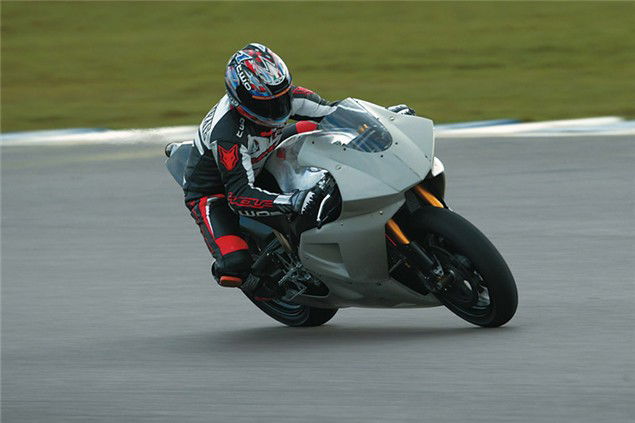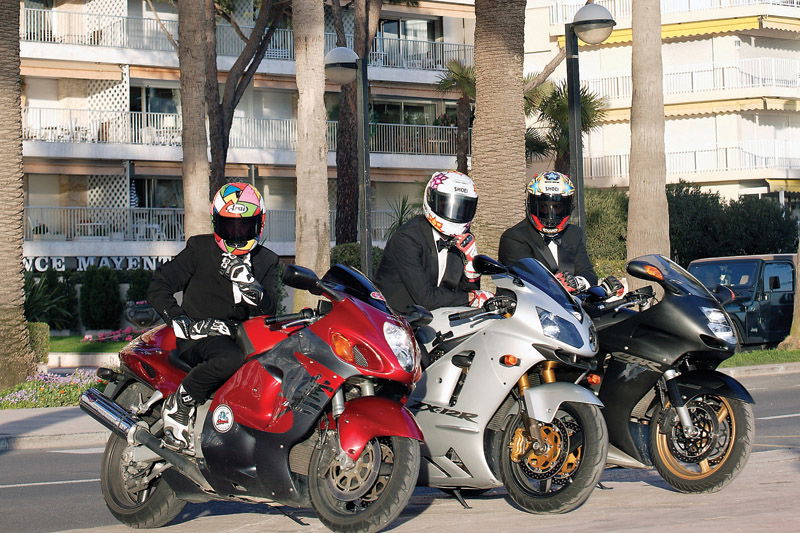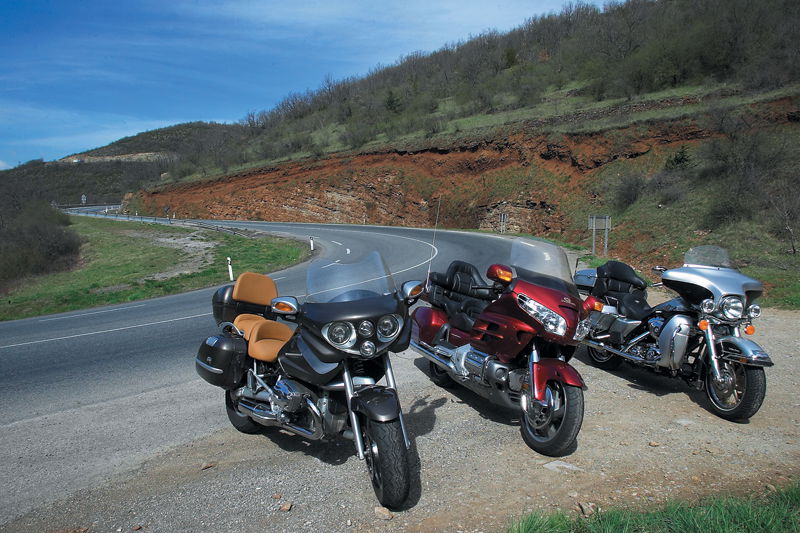Mackenzie rides the WCM MotoGP entry
The WCM team built a Grand Prix bike around the bones of a Yamaha R1 in less than 14 weeks. Niall Mackenzie tests the impressive Harris WCM GP bike


On the grid of the first MotoGP of 2003 season a Brit-built bike with Chris Burns, a British rider in the saddle will line up alongside the rest of the world's biking heavyweights. In Suzuka on April 6 Honda, Suzuki, Kawasaki, Yamaha, Ducati, Aprilia will be joined by Harris WCM from Hertford, Herts.
Let's be under no illusions here though, Chris Burns isn't going to storm through the field and win the first round like David Essex in Silver Dream Racer. But to be there at all is a hell of an achievement and a major plus for British racing. And considering the lack of development time involved, the Harris WCM machine is very impressive.
After a few laps the closest thing I can compare it to is a superbike, and a very well developed superbike at that. Also, considering when I rode it at the official IRTA GP test at Catalunya it was only the second time it had turned a wheel that's even more impressive. I've been doing a lot of development testing with the Crescent Suzuki BSB team this year and the WCM is as good as that, with even more power.
The bottom end and mid-range torque feels much stronger than the GSX-R, although this could be to do with the WCM machine weighing 12kg less than the BSB bike at a very bantam weight 150kgs.
Handling is hard to fault and hits the spot every time, which isn't surprising because the chassis is basically the same as a GP500. Harris ran a privateer 500cc GP bike in the nineties with their own chassis and the WCM bike has virtually the same geometry and adjustability built into it.
Through the corners the WCM bike could match most of the other GP guys' speed but on the exit it loses out - once the GP bikes were upright and onto a part of the tyre that wouldn't spin they would clear off thanks to their extra horsepower.

